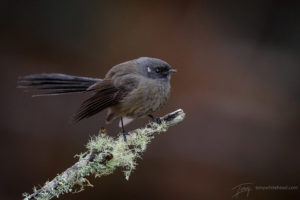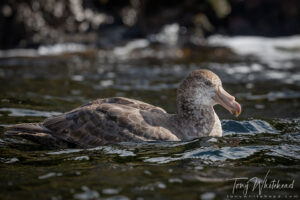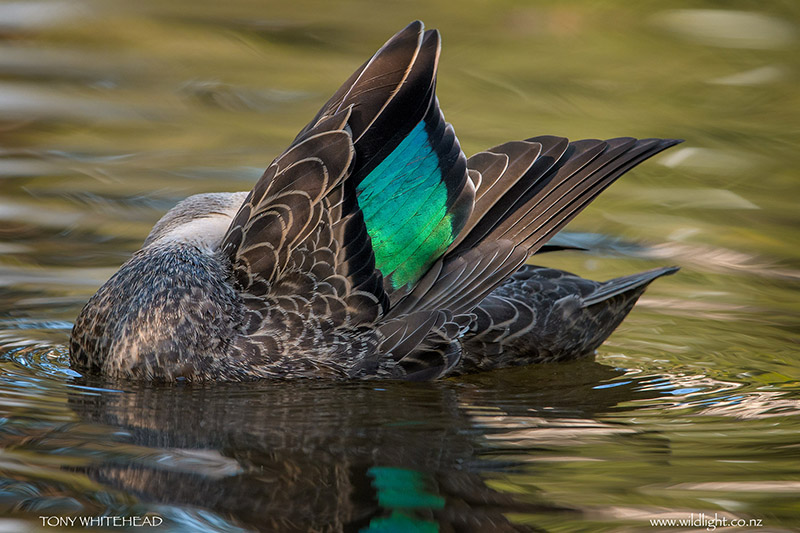
Processing images for my recent post on Grey Duck raised the question. How reliable is speculum colour for duck identification? The speculum is the bright iridescent coloured area on the secondary flight feathers of some ducks. In Mallards it is blue and in our native New Zealand Grey Duck (Pacific Black Duck – Anas superciliosa) it is green. Reviewing images on New Zealand Birds Online I saw that speculum colour was being used to differentiate 2 individuals in one image as a Grey Duck (green speculum and Mallard/Grey hybrid (blue speculum).
While processing images of a Black Duck from the Brisbane City Botanic Garden I noticed that the speculum in the one individual showed green in one frame, blue in another and blue grading to green in yet another frame. The colour is the result of iridescence rather than pigment so varies significantly with different lighting conditions, changing depending on lighting intensity and direction.
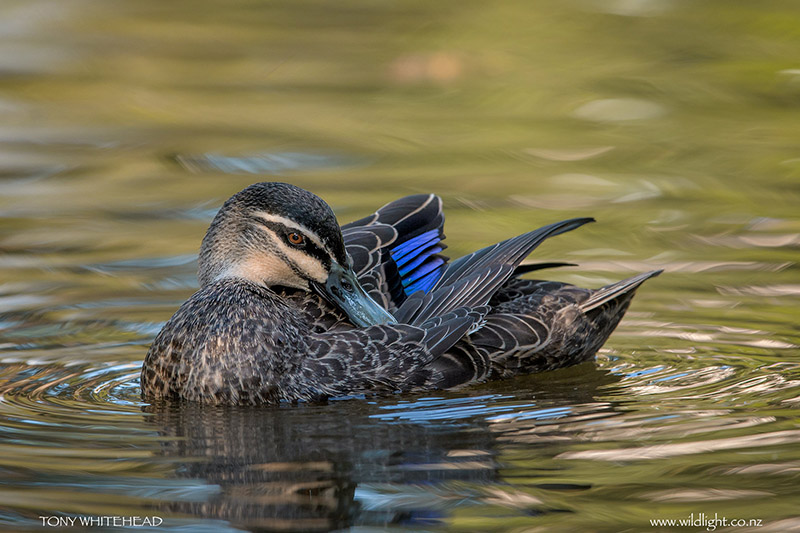
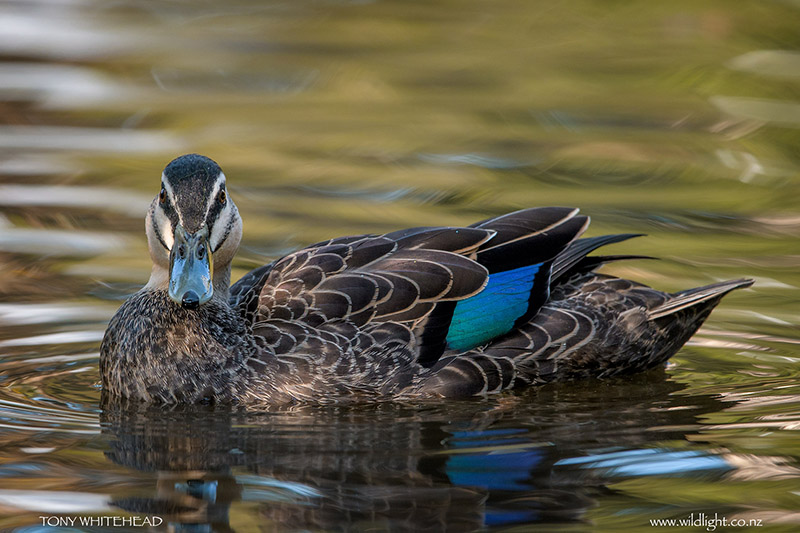
This article from The Cornell Lab gives a good background to the mechanisms of bird colouration.
In summary I think speculum colour can be a useful feature to use in the field but can be misleading if making a judgement based on a single photographic image of an individual duck. Classifying an individual Grey Duck as a hybrid based purely on speculum colour in a single photo may be inaccurate.
Photos with Nikon D500 and Nikon 300mm f4PF lens.

